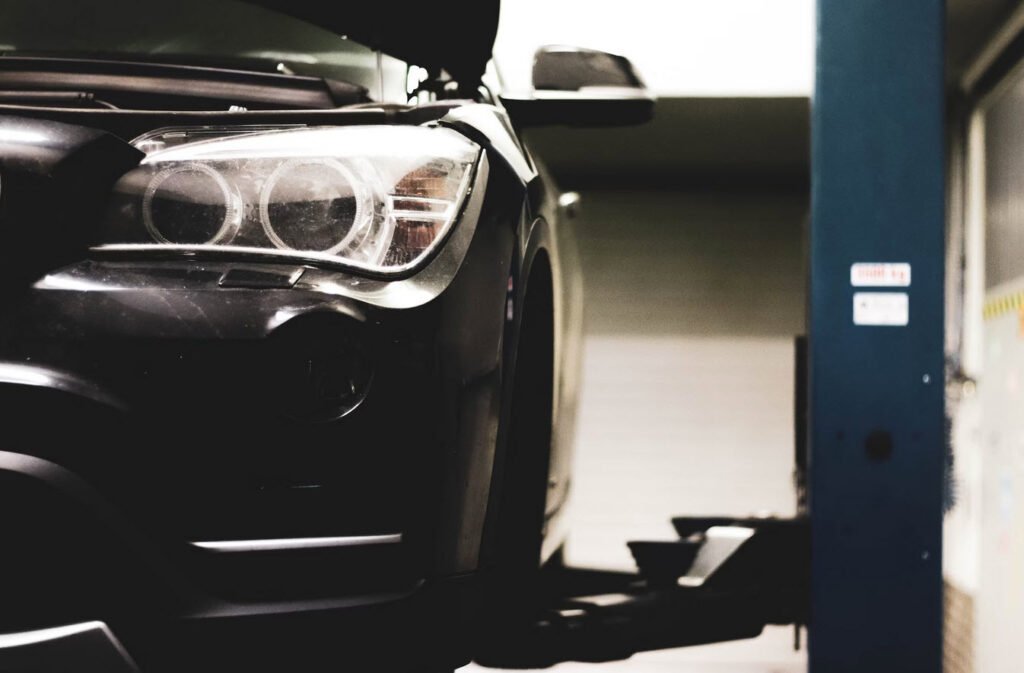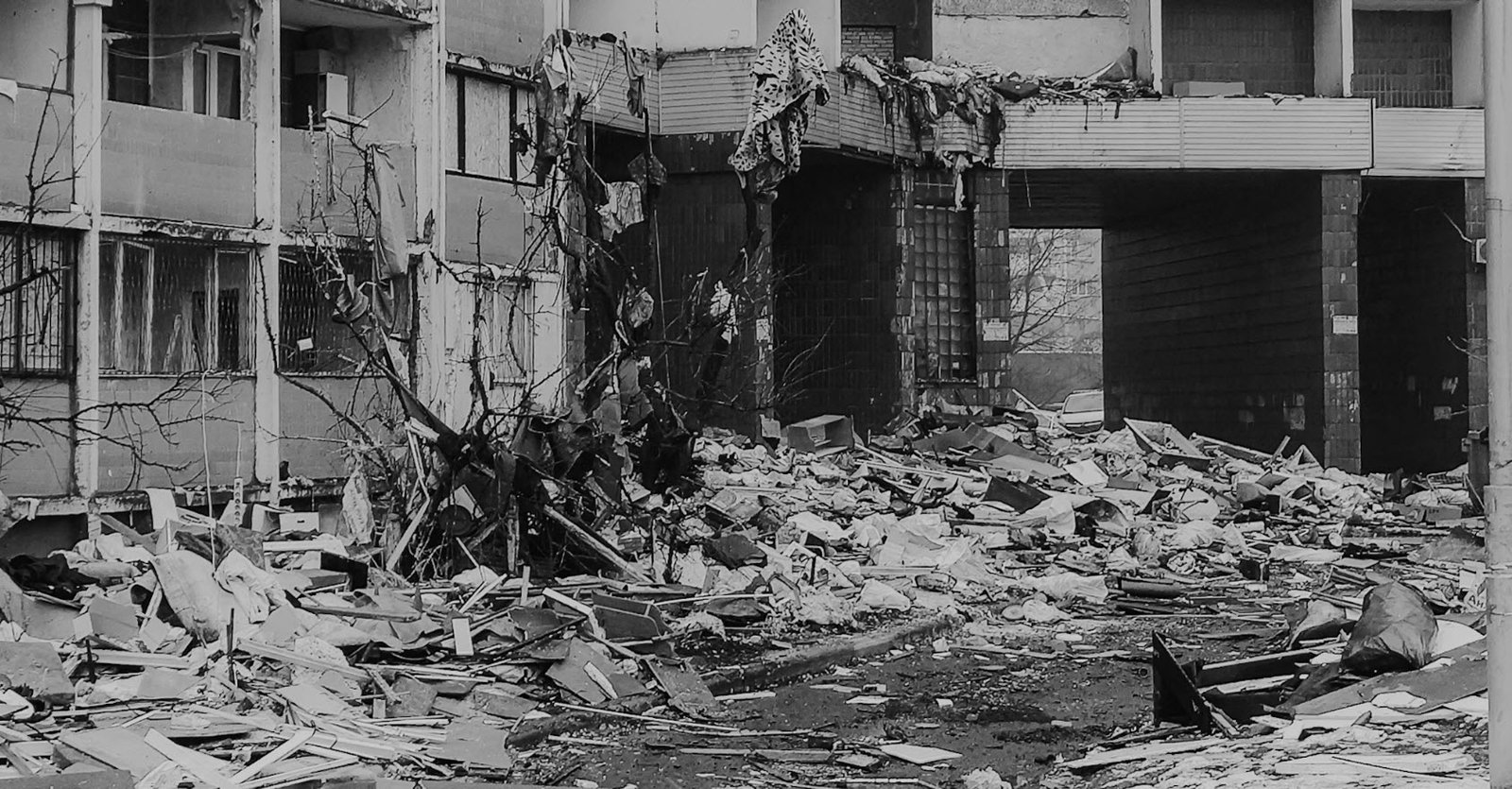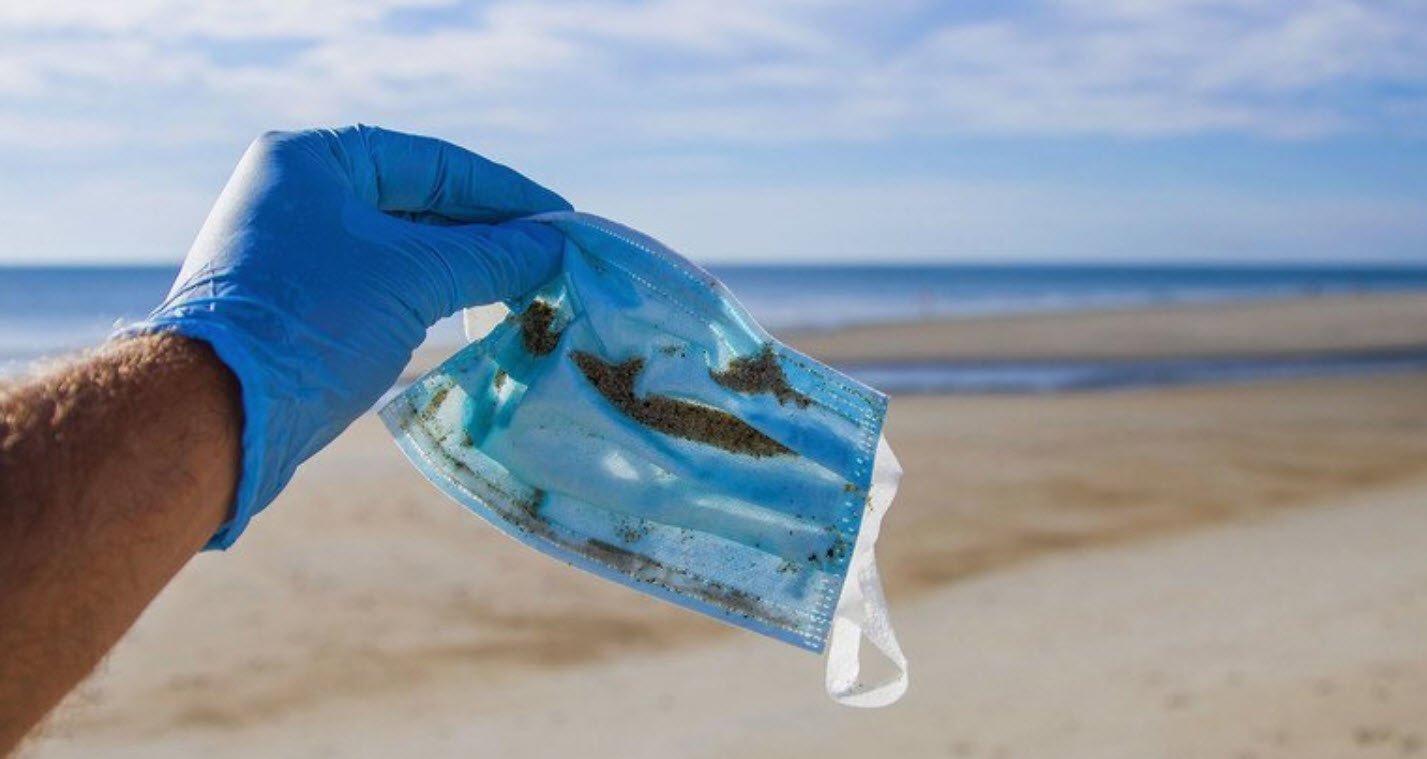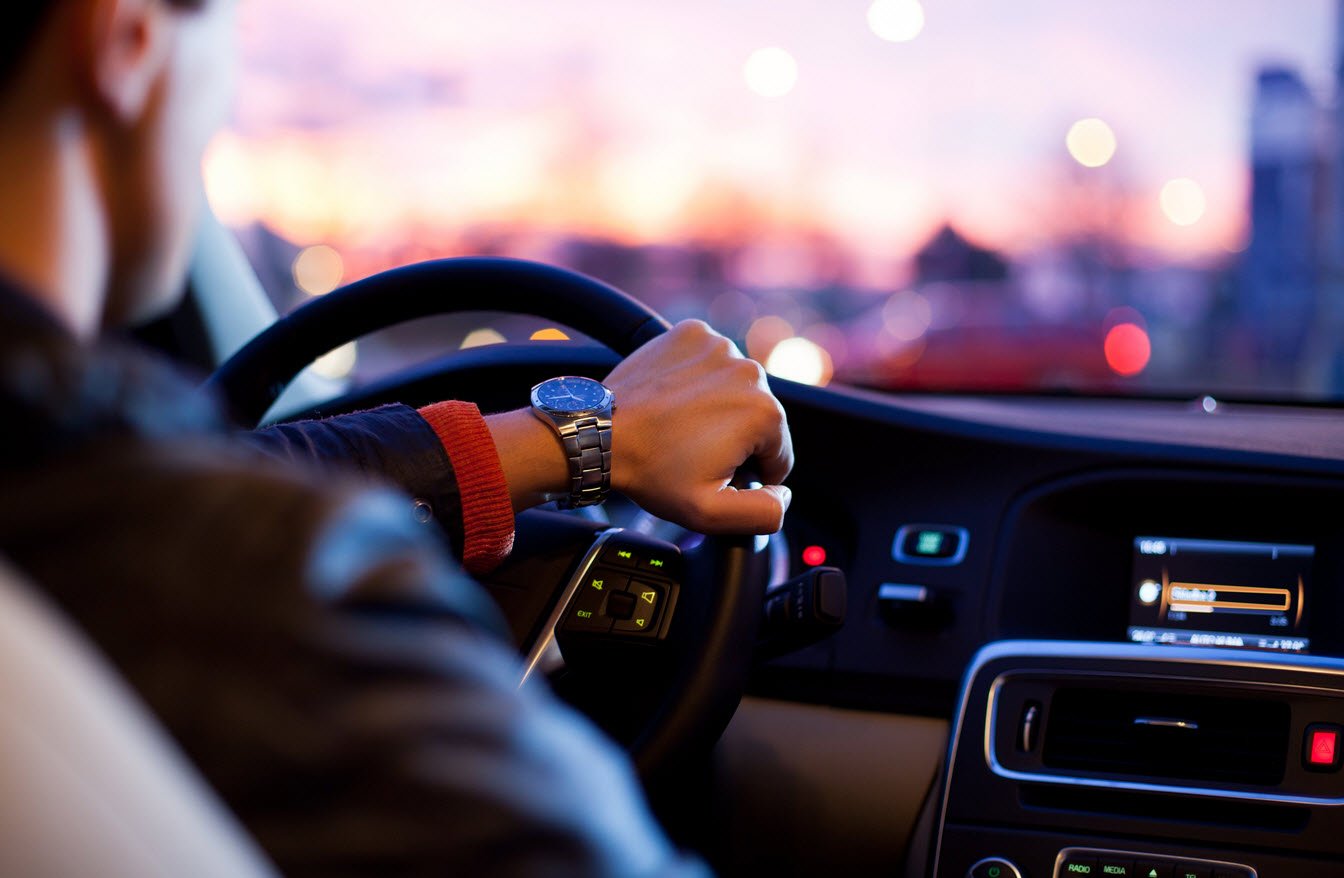
No one wants to imagine being stranded on the side of the road with a flat tire or a mechanical issue, but being prepared for such emergencies can make a significant difference. Creating a well-equipped emergency kit for your car ensures that you’re ready to handle unexpected situations.
Here’s a checklist of essential items to carry in your car, providing peace of mind and practical solutions for various roadside scenarios.
- Cellular Telephone
- Proof of Insurance and Automobile Registration
- Accident Report Guide
- Warning Devices
- Jumper Cables
- First Aid Kit and Medications
- Flashlight with Extra Batteries
- Water and Quick-Energy Snacks
- Paper Towels and Window Cleaning Fluid
- Fire Extinguisher
- Fully Inflated Spare Tire and Emergency Tools
- Aerosol Flat Fixer
- Empty Gas Can
- Tool Kit
- Instant-Picture Camera
1. Cellular Telephone
In today’s connected world, a cell phone is a crucial tool for emergencies. It serves as a lifeline for communication, allowing you to call for assistance or notify loved ones. Investigate affordable emergency cell phone services, such as those offered by AAA, to ensure you have a reliable means of communication.
2. Proof of Insurance and Automobile Registration
Always keep proof of insurance and your vehicle’s registration papers in your car, even if your state doesn’t mandate it. These documents are essential in case of accidents or interactions with law enforcement.
3. Accident Report Guide
Obtain a brief accident report guide from your insurance company or AAA. These guides simplify the process of gathering information at the scene of an accident, especially if you’re feeling disoriented or confused.
4. Warning Devices
Equip your car with warning devices like flares, matches, or reflective triangles. These items enhance visibility, alerting other drivers to your presence in case of a breakdown or roadside emergency.
5. Jumper Cables
Include jumper cables with fully insulated handles in your car kit. Dead batteries are a common issue, and having jumper cables can save you from being stranded.
6. First Aid Kit and Medications
A well-stocked first aid kit, along with any vital prescription medications, is essential for addressing injuries or medical issues while waiting for help.
7. Flashlight with Extra Batteries
A reliable flashlight is invaluable during nighttime emergencies. Ensure it’s in working order and carry spare batteries.
8. Water and Quick-Energy Snacks
Always have at least a quart of water for both you and your car. Quick-energy snacks, like power bars, can be a lifesaver in case of unexpected delays or if you find yourself stranded.
9. Paper Towels and Window Cleaning Fluid
Maintain good visibility by having paper towels and window cleaning fluid on hand. A smeared windshield can be hazardous, especially when driving at night.
10. Fire Extinguisher
Include a fire extinguisher in your car and familiarize yourself with its usage. This precautionary measure can be crucial in case of a small fire.
11. Fully Inflated Spare Tire and Emergency Tools
Regularly check your spare tire to ensure it’s fully inflated. Additionally, carry a portable tire pump, jack, lug wrench, and a block of wood for emergency tire changes.
12. Aerosol Flat Fixer
These can serve as quick fixes for certain types of tire damage, providing a temporary solution until you can reach professional help.
13. Empty Gas Can
Having an empty gas can be a lifesaver if you find yourself running out of fuel in a remote area.
14. Tool Kit
Carry a small standard toolkit or at least an adjustable wrench, large and small screwdrivers, and pliers for basic repairs.
15. Instant-Picture Camera (Optional)
For ultra-preparedness, consider carrying an inexpensive instant-picture camera to capture “eyewitness” photos in case of an accident. Alternatively, a disposable camera can serve this purpose.
Conclusion
Being prepared for roadside emergencies is a responsibility every driver should take seriously. By assembling a well-thought-out emergency kit with the items mentioned above, you can navigate unexpected situations with confidence, ensuring your safety and the safety of others on the road. Regularly check and update your emergency supplies to maintain a high level of readiness for whatever comes your way.









[…] of the most critical decisions you’ll make when it comes to car repairs is selecting a trustworthy mechanic or repair shop. Take the time to research local mechanics and […]
[…] However, the rescue mission faces significant obstacles due to the inaccessible roads in the remote area. Vehicles cannot navigate these rugged paths, compelling the police squad to use motorcycles to […]
[…] number of accidents. This initiative, while seemingly simple, carries significant implications for road safety, gender issues, and urban […]